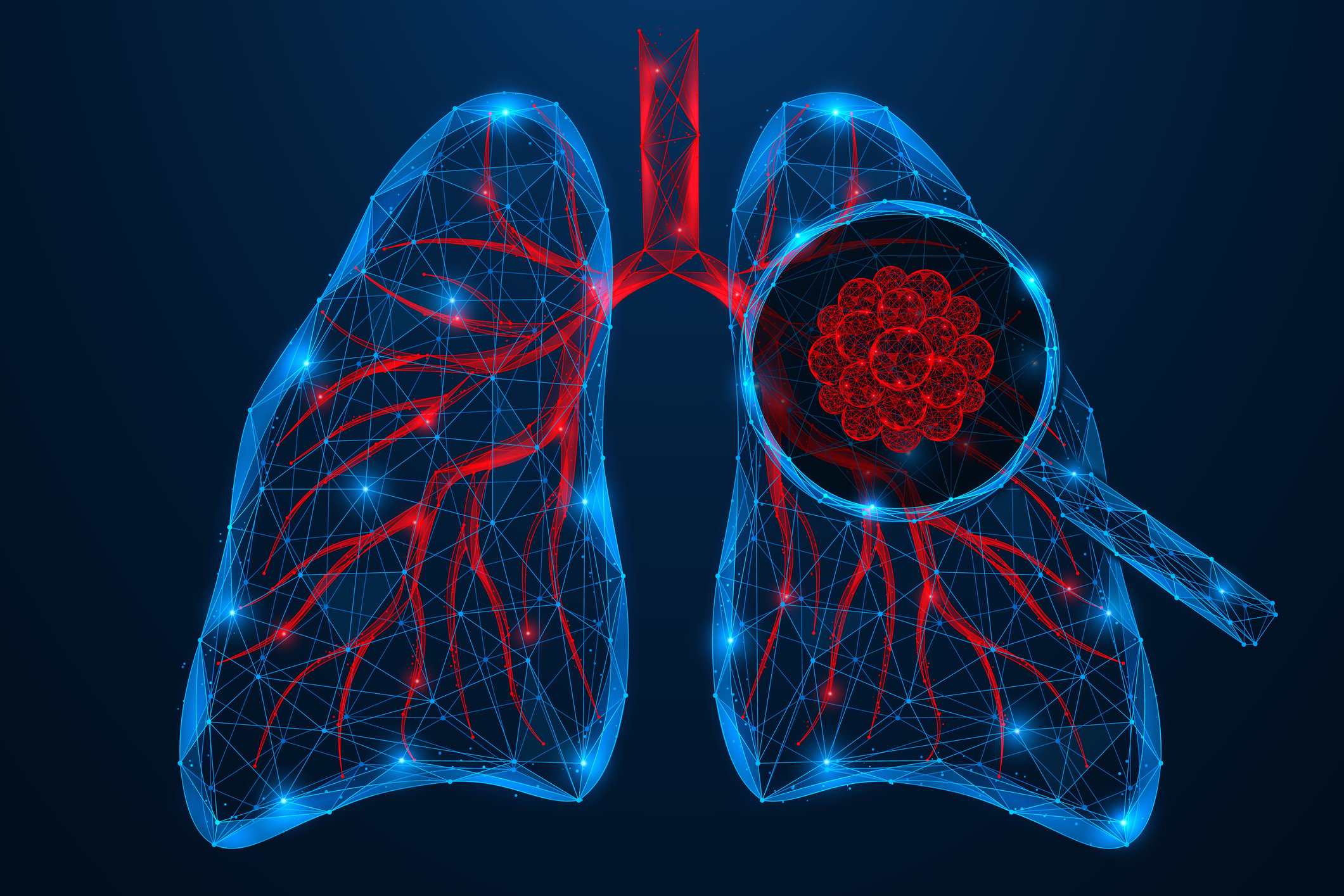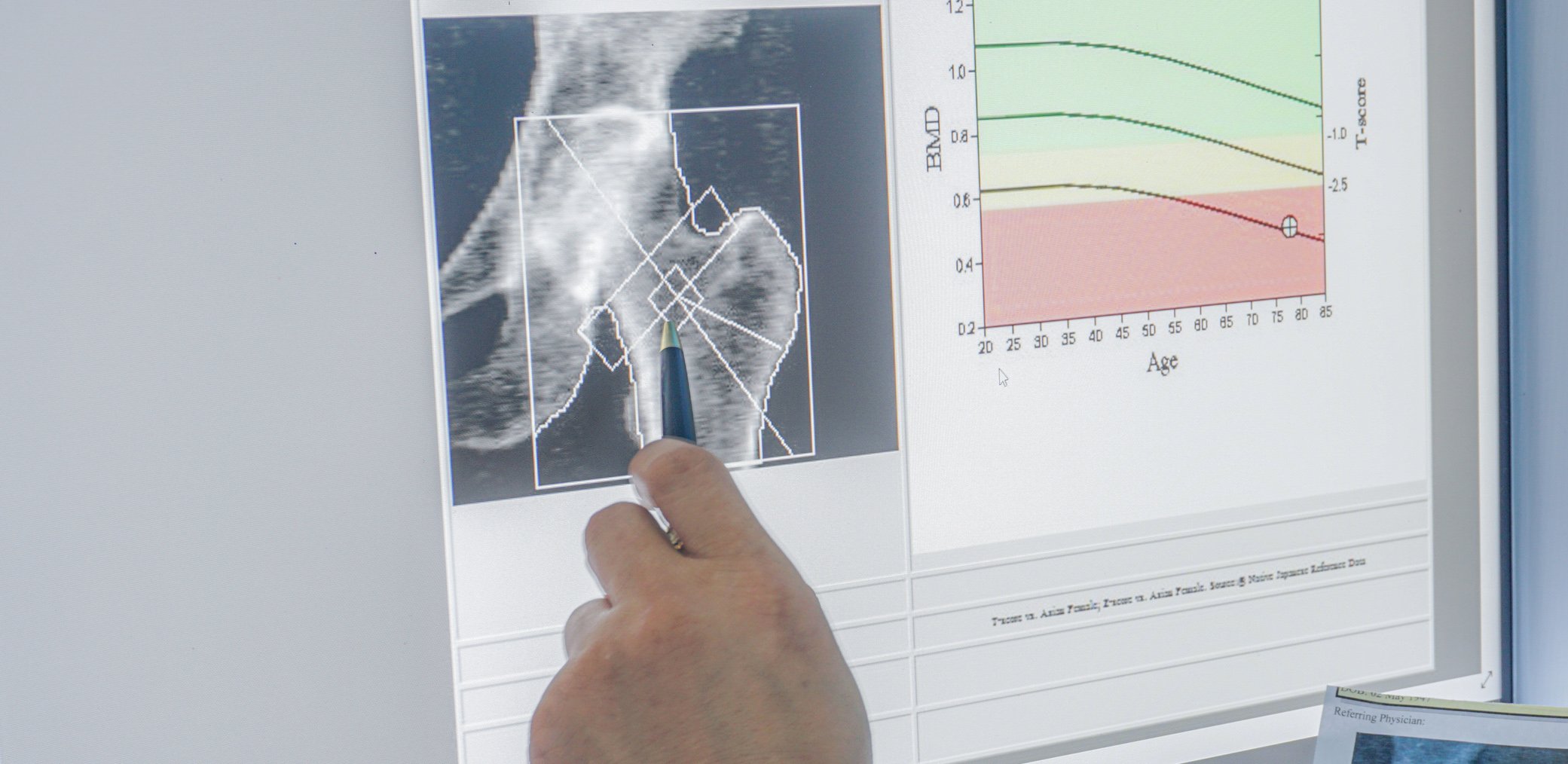An epigenetic factor known as HDAC4 contributes to the development of chronic pain, as does an organic anion transporter (OAT1). The underlying molecular mechanism has been identified by a team of scientists led by Dr. Daniela Mauceri at Heidelberg University. As the researchers demonstrated in experiments with mice, HDAC4 affects the expression of genes in neurons involved in the processing of pain. OAT1 regulates pain sensitivity in the spinal cord, according to another finding of the research.
“Normal, acute physiological pain prevents tissue damage and disappears in the event of an injury as soon as it heals. Chronic pathological pain, on the other hand, occurs even after an injury has subsided and for no particular reason,” explains Daniela Mauceri, who conducts research with her group in the Department of Neurobiology at the IZN. The transition from acute to chronic pain is caused by changes in gene expression. It regulates how the information contained in a gene is converted into a gene product – such as proteins or RNA molecules. Chronic pain occurs especially when cells such as the neurons in the posterior horn of the spinal cord are affected. The posterior horn of the spinal cord is the area of the spinal cord that processes sensory information.
With histone deacetylase 4 (HDAC4), the scientists have now identified an epigenetic factor that significantly influences the gene expression of neurons in the posterior horn of the spinal cord. In experiments with mice, they found that HDAC4 is transported out of the nucleus of neurons in the posterior horn of the spinal cord as a result of prolonged pain and is thus deactivated. If HDAC4 accumulates preferentially in the cytosol, the part of the cell outside the nucleus, chronic pain-induced responses occur. If the researchers prevented HDAC4 from reaching the cytosol, the chronic pain responses exhibited by the mice also dropped.
In collaboration with Prof. Dr. Rohini Kuner, who heads a research group at the Institute of Pharmacology at the Medical Faculty of Heidelberg, Dr. Mauceri’s team then investigated which genes controlled by HDAC4 are responsible for the development of chronic pain. They found that the organic anion transporter 1 (OAT1) is crucially involved in this process. It is also expressed in humans as a carrier. According to Dr. Mauceri, its function in the nervous system was previously unclear. “In the mouse experiment, we have now been able to show that OAT1 in the spinal cord controls pain sensitivity. If future studies confirm that this also applies to humans, this could result in a new treatment approach in pain therapy,” says the neurobiologist.
To further test this approach, the scientists administered the OAT1 inhibitor probenecid to the mice. After administration of this compound, the OAT1 activity and thus the pain sensitivity of the mice decreased. A particularly interesting finding for the researchers was that probenecid showed an alleviating effect in the experiment even when chronic pain was already present. They hope that these results – if confirmed by future clinical trials – will lead to new therapeutic approaches. Says Dr. Mauceri, “It may be interesting to test whether OAT1 inhibitors such as probenecid, which can be administered directly into the spinal cord using so-called pain pumps, could be a treatment option for patients with chronic pain.”
Original publication:
C. Litke, A. M. Hagenston, A.-K. Kenkel, E. Paldy, J. Lu, R. Kuner, D. Mauceri: Organic anion transporter 1 is an HDAC4-regulated mediator of nociceptive hypersensitivity in mice. Nature Communications (15 February 2022), DOI: 10.1038/s41467-022-28357-x.











